News on Bus Rapid Transit for Thamesmead in budget
Today’s budget has seen mention of potential funding for a Bus Rapid Transit network in Thamesmead.
There was however no mention of a DLR extension from Barking to Thamesmead as part of the Brownfield, Infrastructure and Land Fund, and subject to a business case.
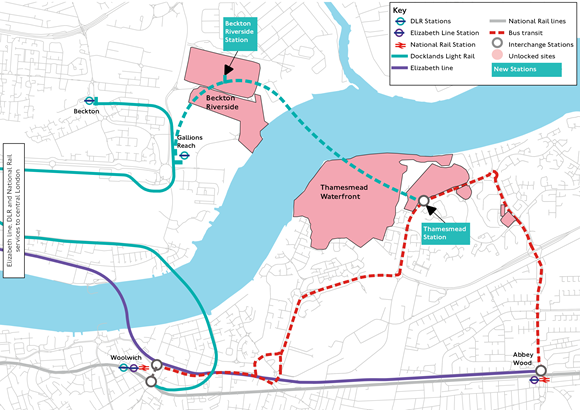
Though we’ve already had that announced in 2022, which followed £1m being allocated in 2020.
Amusingly an express bus route from Thamesmead to Abbey Wood as part of the Superloop network has already been announced and is due to start in 2024. It ticks most of the same boxes. That does however not run from north Thamesmead to Woolwich.
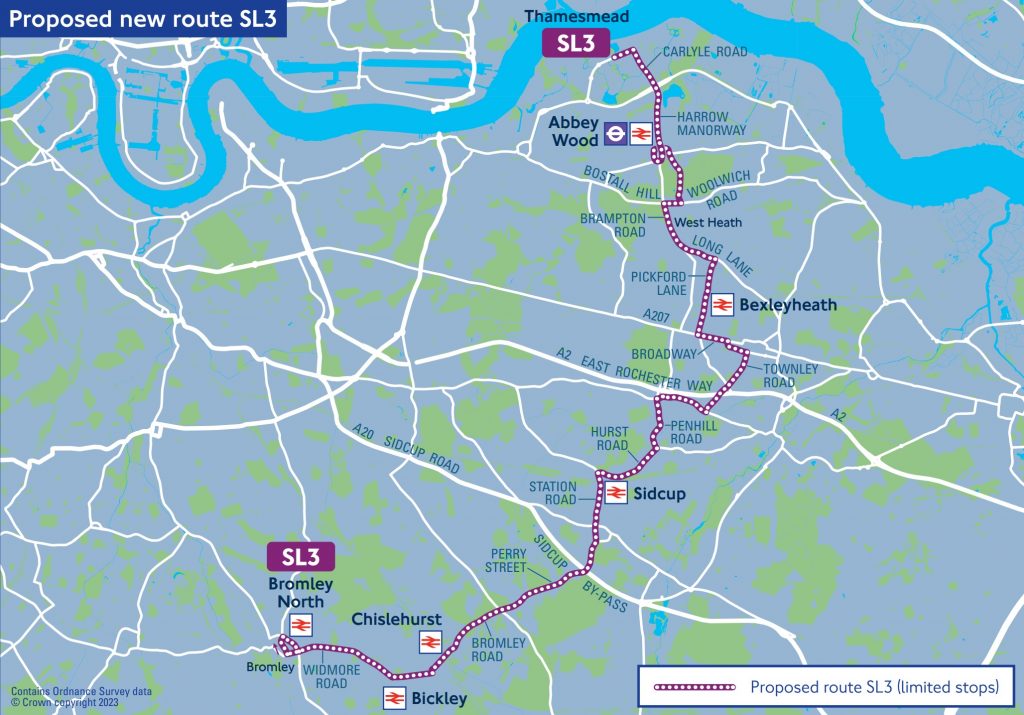
We’ll have to see what is meant by “Rapid Transit” in this context and whether it’s along the lines of BRT seen in, say, Bristol or Cambridge with guided tracks. Unlikely, and in reality there’s next to no need for it in Thamesmead.
Wide roads across Thamesmead
Why? Well the entire road network between Abbey Wood station and north Thamesmead is already dual carriageway owing to the network being built during the 1960s and 1970s for a town of 100,000 people – and it never reached anything like that level.
That means it’s often one of the few areas in London that buses can move without congestion at a decent speed even during rush hour, let alone in areas of town with dedicated bus lanes.
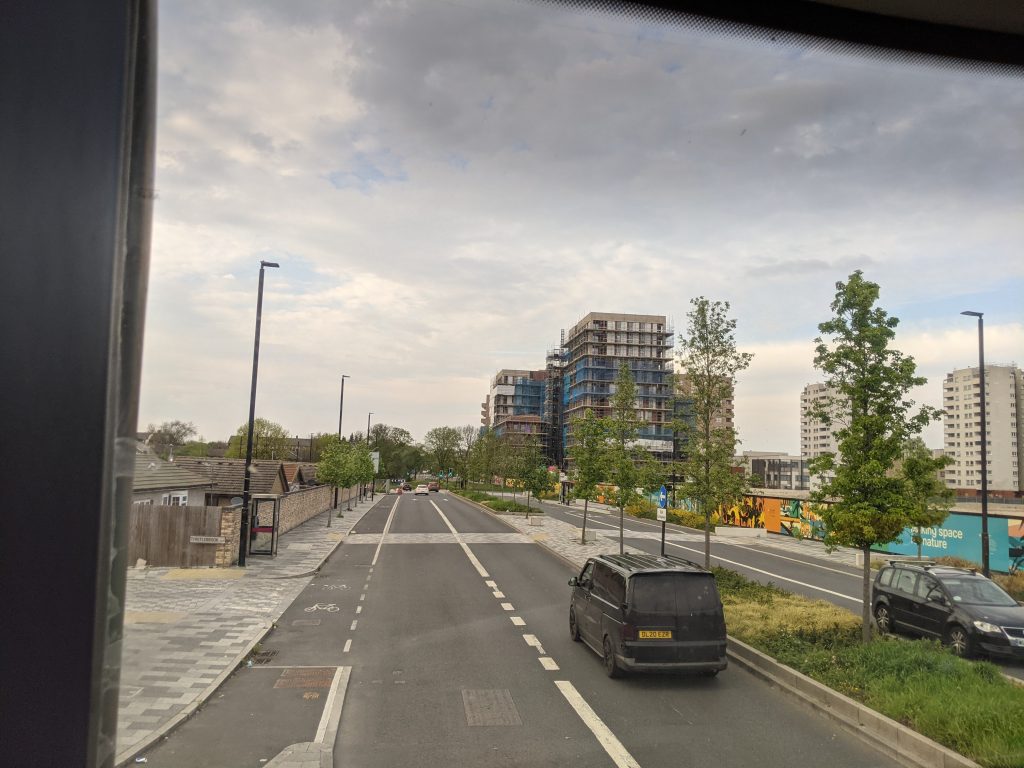
BRT is also used to enable fast running in a constrained space. That isn’t needed here.
Harrow Manorway from Abbey Wood heading from the station was recently rebuilt with two dedicated bus lanes. There are however pinch points such as beside the BP petrol garage near Abbey Wood station. This land was sold in September 2023 for redevelopment.
It’s crucial any rebuild permits bus lane expansion here. The road over the flyover beside Abbey Wood station was narrowed too and buses lost a dedicated lane in places.
After Harrow Manorway it’s north over a wide aerial roundabout and onto Thamesmead’s extensive network of dual carriageways before reaching the retail parks.
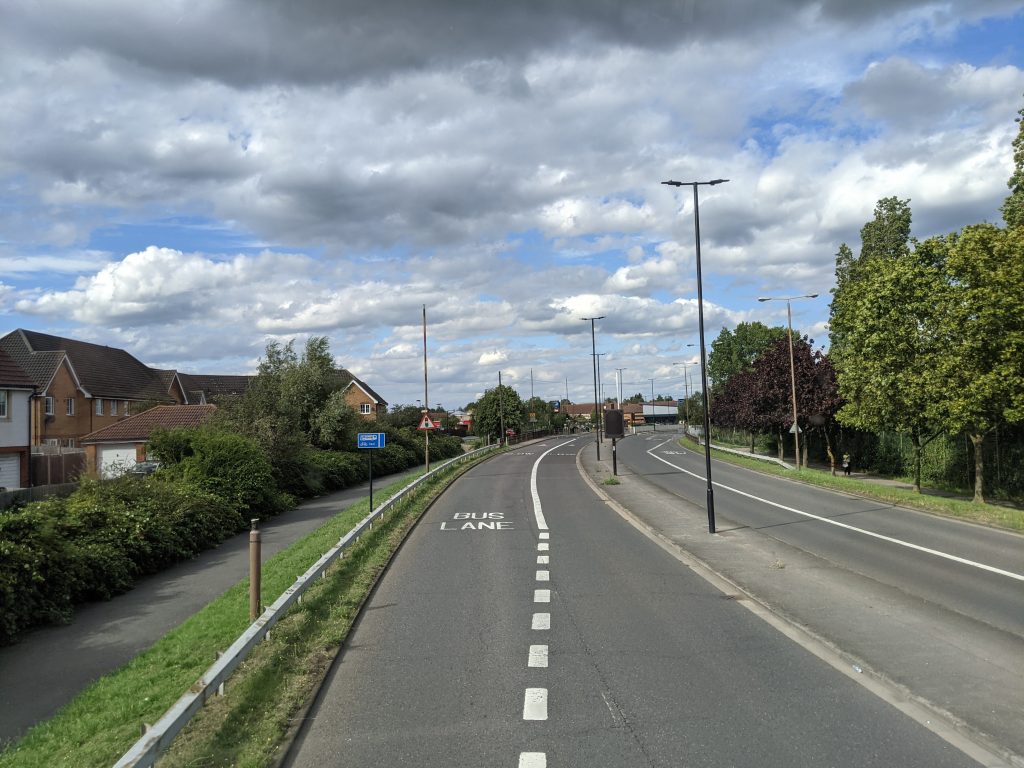
Making this section a BRT is pretty much a branding job. The Superloop will be it.
Longer vehicles
Where problems will arise is when thousands of homes are built at Tripcock Ness to the north west of town. Figures of 15,000 homes have been mentioned.
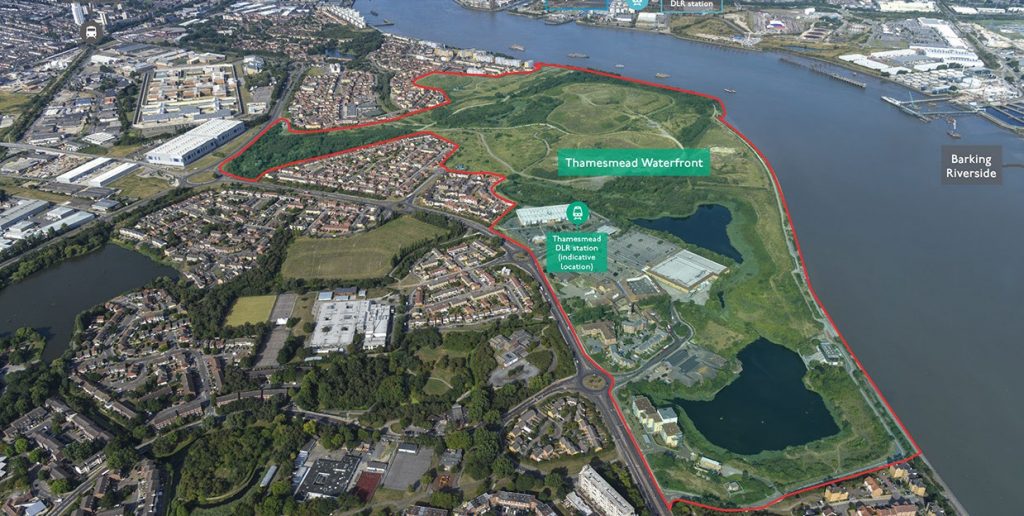
Your average bus wont cut it in terms of capacity transporting that many additional people so a quick and high-capacity network heading to stations just five minutes away will be necessary.
Given mention of a Bus Rapid Transit, trams won’t be coming (perhaps at first and it’ll take far, far more money) but could this mean articulated buses to move necessary numbers of people? Perhaps under the guise of a tram. You know the type, where they put panels over the wheels.
Like the link to Abbey Wood, roads between this area of Thamesmead and Woolwich for connections to the Elizabeth line, Southeastern, Thameslink and the DLR are almost entirely on wide roads.
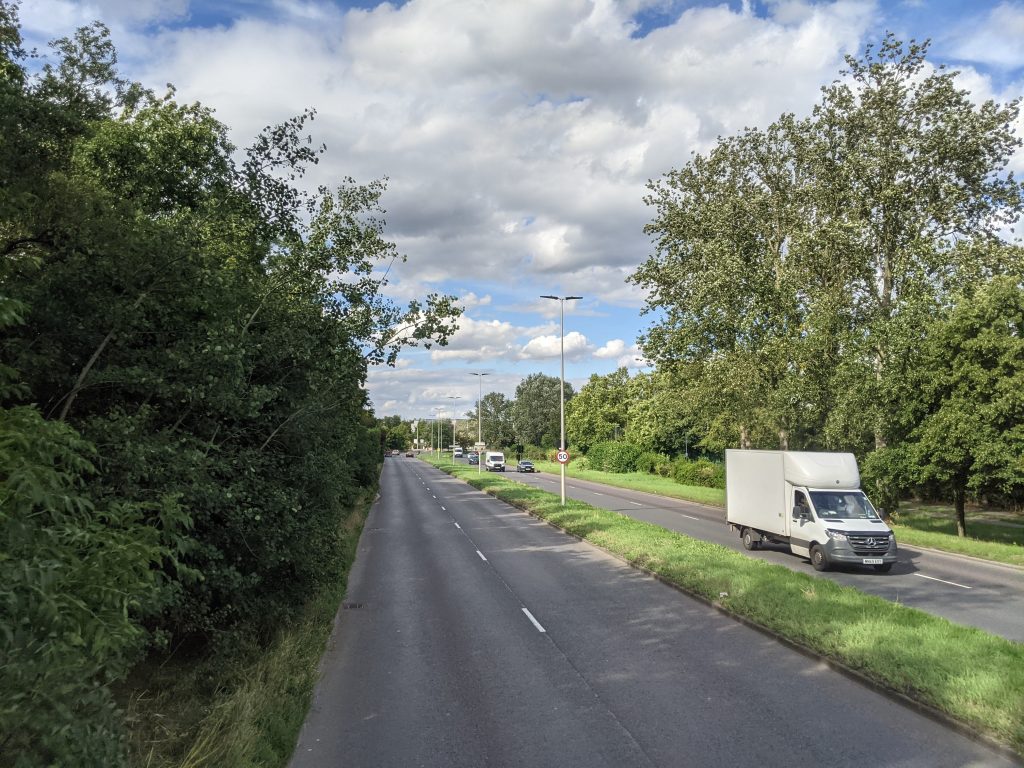
It wouldn’t be too difficult to install a bus lane in each direction in the few areas one doesn’t already exist.
A BRT would then reach the wide three-lane one-way system before heading onto the dedicated bus lane through Plumstead.
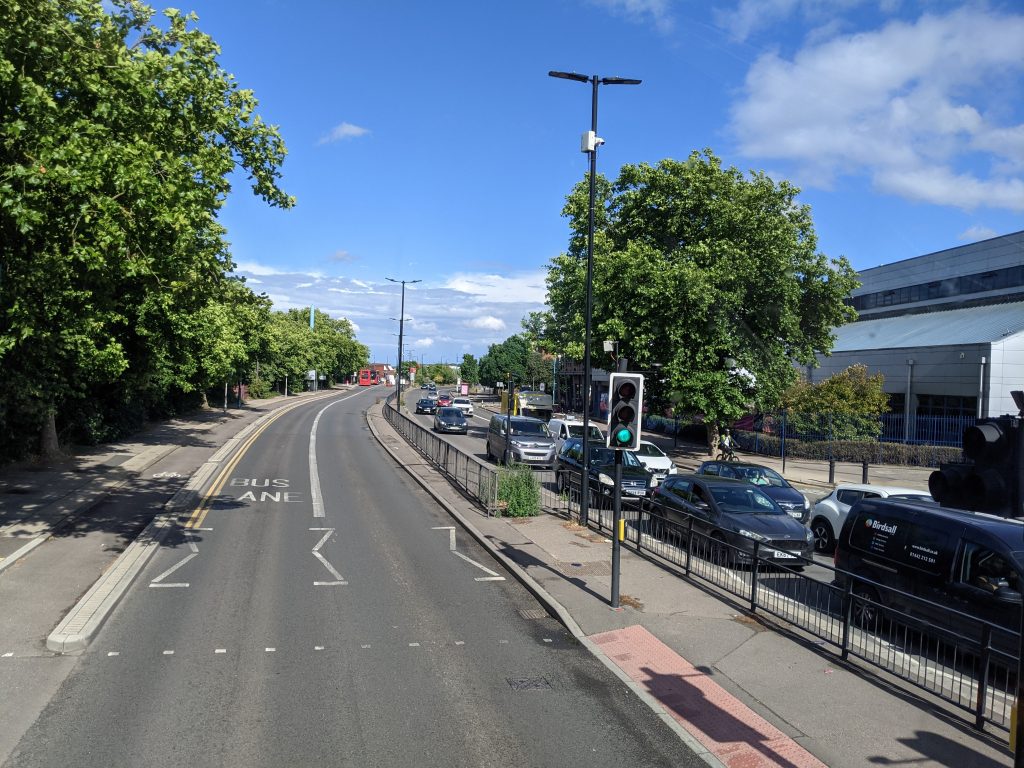
A limited-stop and direct BRT link between Thamesmead and stations at Abbey Wood and Woolwich would see much of the town five to ten minutes away from extensive transport links.
I mean, much of it already is within 10 minutes, but there will need to be a substantial uplift in capacity for thousands of new homes.
DLR loss
It’s also why no DLR isn’t perhaps the end of the world as it didn’t even link Thamesmead to Elizabeth line station five minutes away, which will be of far more appeal than a slow DLR dawdling its way over the Thames then in a loop around Beckton.
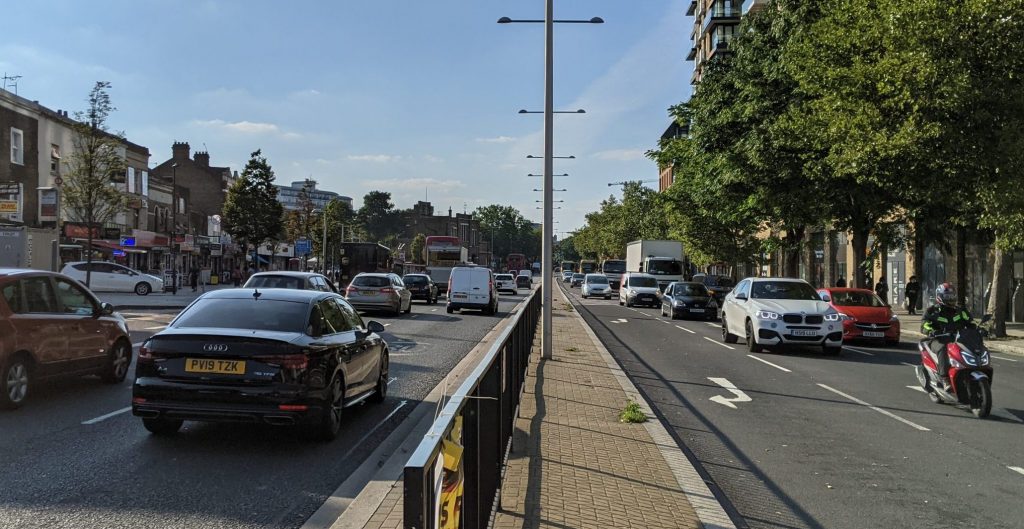
It’s quicker to head to the Elizabeth line for access to much of London’s jobs, educational institutions and leisure opportunities. Or even use Southeastern and Thameslink depending on destination. Unless you want Beckton (with very little there) then why take the DLR?
Thousands of new homes will need better transport capacity. The road network is already generally fine. Improving pinch points and high-capacity buses are what needs improving.
Running a site alone takes time and a fair bit of money. Adverts are far from enough to cover it and my living costs as a private renter.
You can support me including via Paypal here Another option is via Patreon by clicking here You can also buy me a beer/coffee at Ko-fi here There's also a Facebook page for the site here Many thanks
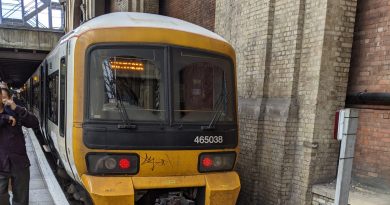
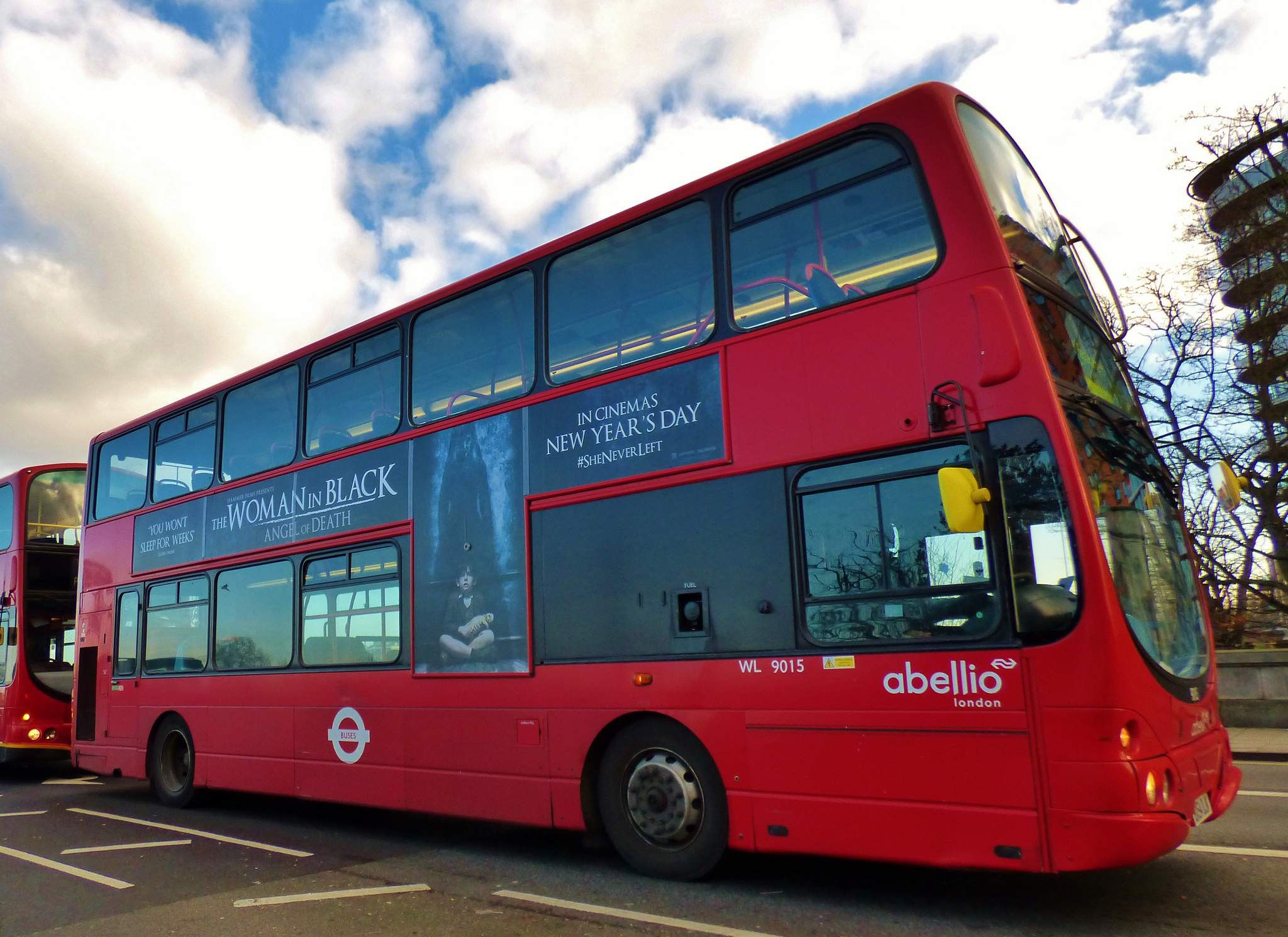
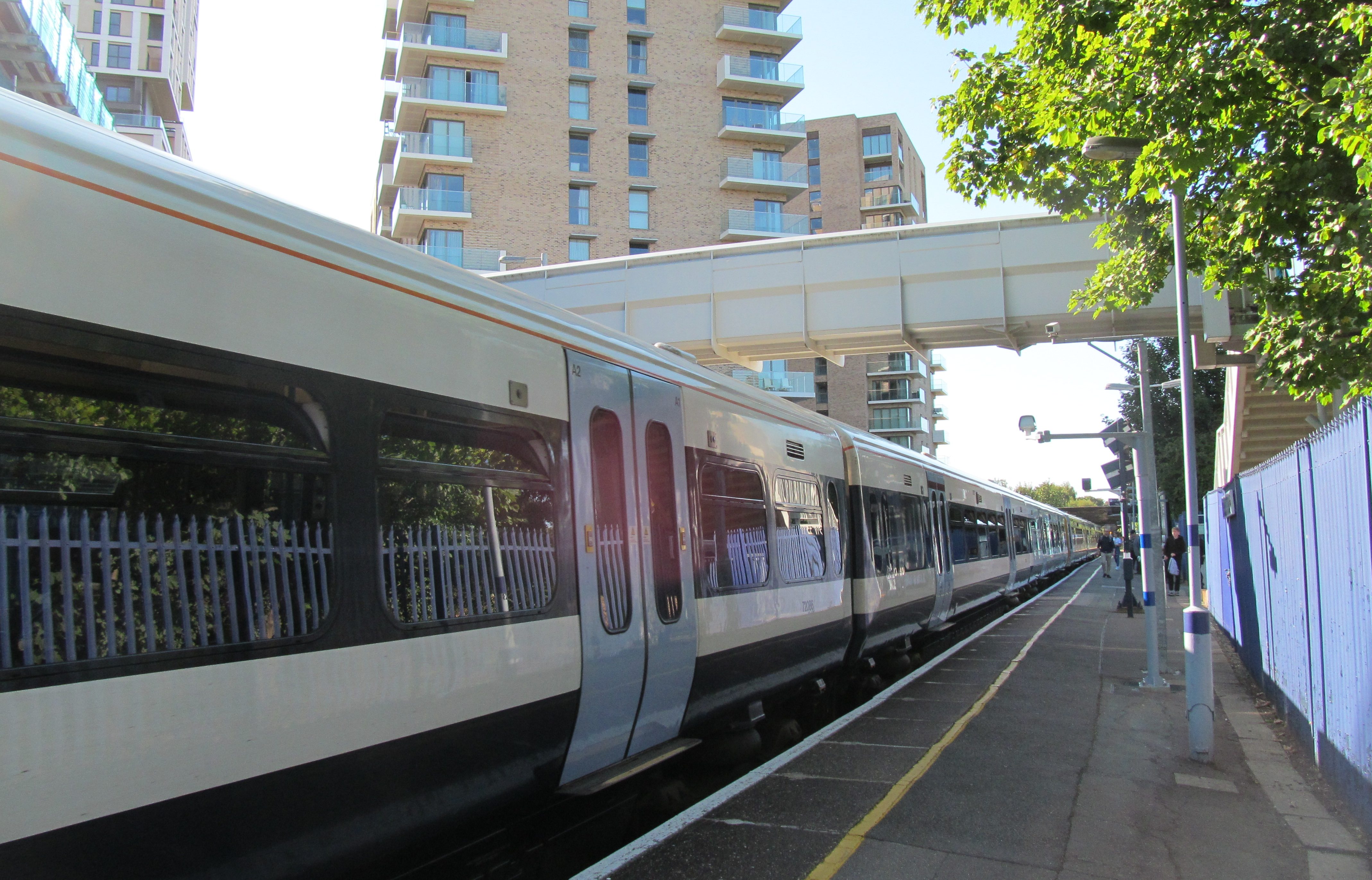
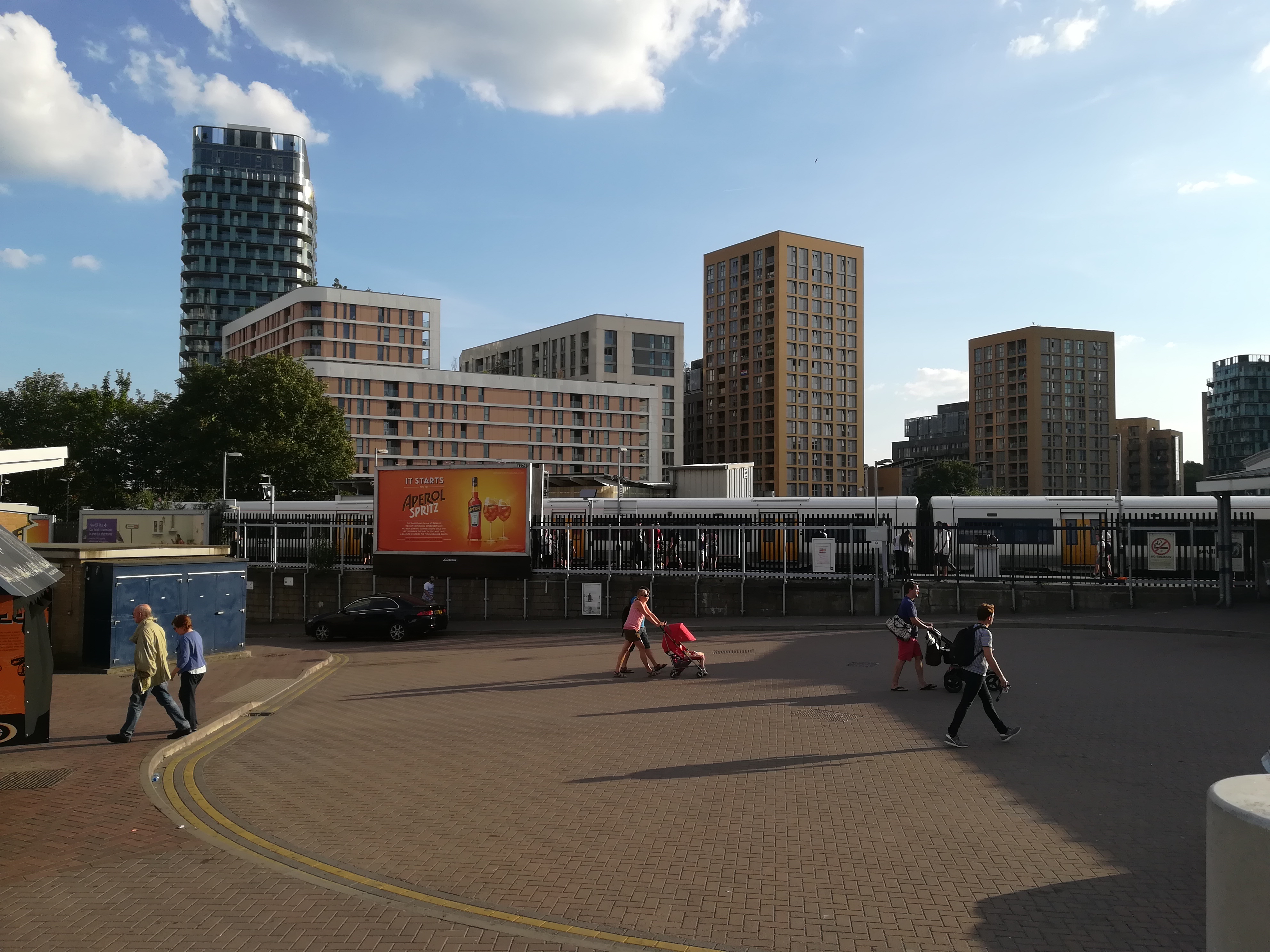
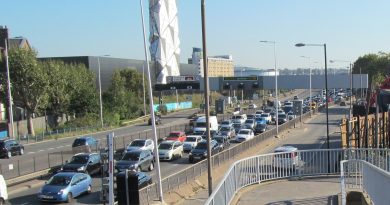
Perhaps Crossrail should have terminated at Thamesmead , say East and West stations. I think Dartford is a non starter because it involves sorting out the traction power issue. That was fine for Thameslink where it was ALREADY established and is roughly half n half for each power system. But for Crossrail, dual voltage just for the bit from Abbey Wood no… could have made a better interchange at Woolwich with SE and routed it north of the current line.
Much like the DLR extension I cannot see the EL being extended for 15 years minimum.
Which is an issue, as Belvedere alone could see up to 8k homes. Plans went in last week for another 400. In the short to mid term I’d expect this Thamesmead mass transit bus system to also run to Belvedere to unlock the first few thousand new homes there and in north Thamesmead. Thameslink will surely have to start calling at Belvedere too. It’s two to three mins on a train to connect to Abbey Wood.
Long term (and now it’s crayon time) a tram would be ideal from Erith, Belvedere, Thamesmead/Abbey Wood then to Charlton (for the 8k homes planned there) then onto north Greenwich. All of those towns are in line for mass housing growth. Tens of thousands of homes in total.
So pretty much the original Greenwich Waterfront Transit in other words, except extended east now Belvedere and Erith are designated growth zones.
A link over the Thames would also be excellent but with two provisos:
1) It connects to Abbey Wood station. The DLR plan doesn’t do that.
2) North of the Thames it goes somewhere useful such as Barking with its many links including c2c rail, tube lines and London Overground lines. The DLR plan also doesn’t do that and offered no radial links.
The BRT was the sensible option. The trick to this in my view is putting it on the tube map, possibly as part of the Trams network. It’s easy to see it carrying across the format; articulated 18m Irizar i.e. ‘tram’ buses with 4 doors and a capacity of c. 150, raised ‘platform style’ bus shelters at each stop with oyster validators on-platform and roving inspectors. The format’s well suited to the wide dual carriageways around Thamesmead but also could in my view also work between Custom House and Barking in place of that proposed DLR extension. Without trying to crayon too much, one could hope they one day might be joined in a Thames Gateway tunnel.
There needs to be major increase in capacity to meet the demand when residents move in to the thousanda of new homes under construction or in the planning.
Longer 12 metre single deckers buses could be used like the buses used on routes 108 and 358. These buses operate on normal roads with out the need for guided bus way What would be needed though is high frequencies with buses operating about every 6 to 8 minutes peak hours, Monday to Saturday daytimes and about every 10 to 12 minutes evenings and Sunday’s. Using bus lanes where they already exist.
I agree I feel buses will be quicker to introduce and hopefully reduce the cost. Sadly I think once the project starts to get to expensive the whole idea of a BRT or tram network will be scrapped again.
It is decades since the Greewich Waterfront Transit was first proposed and the idea of the GWT has been revisited by politicians. TfL and London Mayor’s a few times over the years and each time the scheme has been cancelled.
I hope this will not be the case again. As mote infrastructure is urgently needed to meet a growing demand now and in the future as more new homes are built.
If introduced the route should run beyond Wookwich to Charlton Riverside to serve the large developments planned there or on to North Greenwich Station to serve new developmentsc on the Greenwich Peninsula.
If the route goes through the Silvertown Tunnel it needs to serve a main destination like London City Airport or as Nathan says Custom House and Barking.
But has Sadiq Khan Mayot of London has already reduced the amount of bus routes planned to serve the Silvertown Tunnel from 5 bus routes to two bus routes. I wonder if this new rapid bus service will happen. A lot is promised when an election is only 3 months away to elect a new Mayor For London.